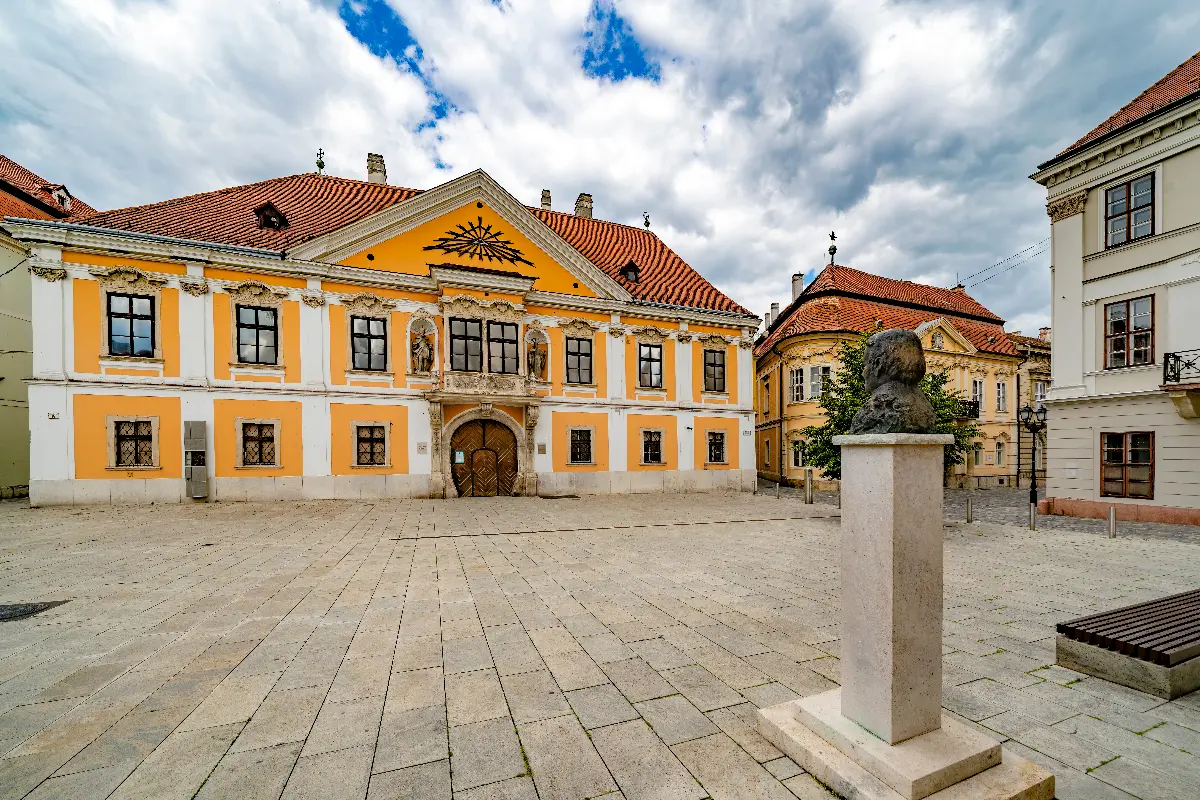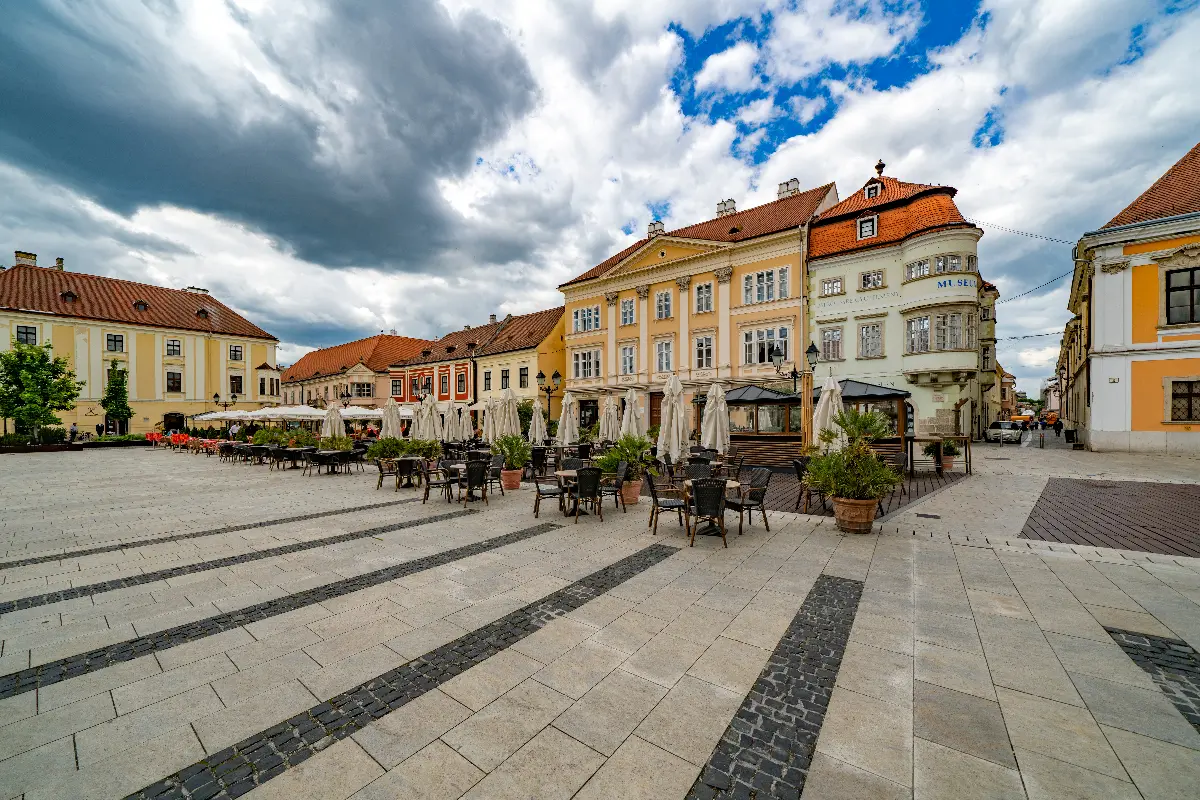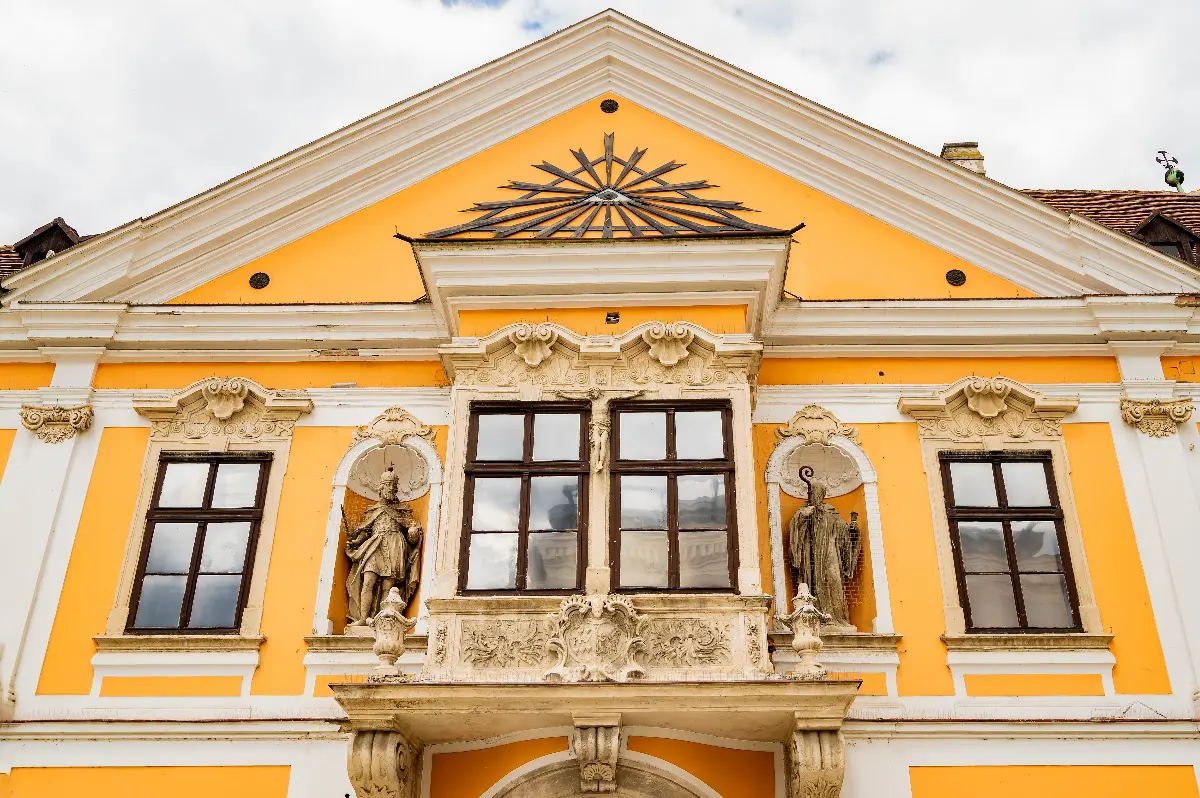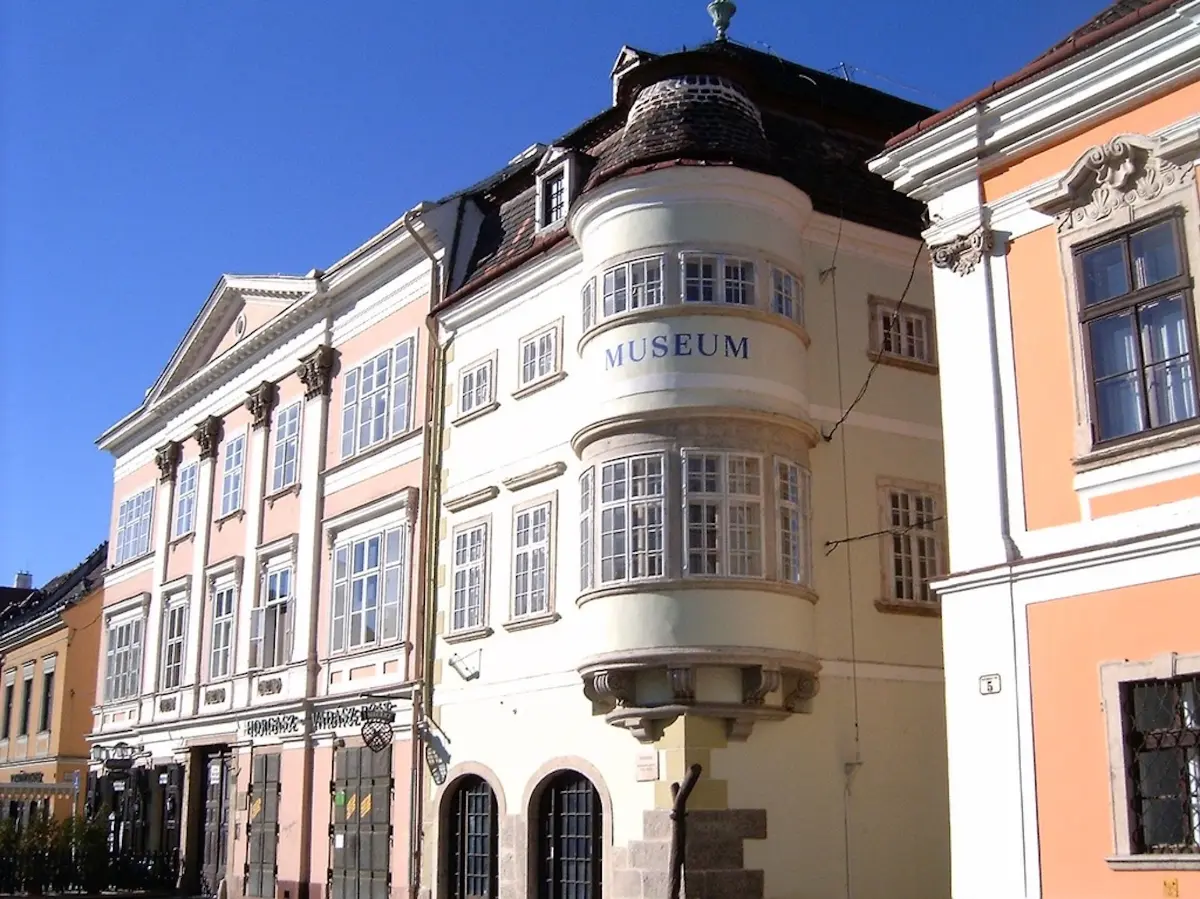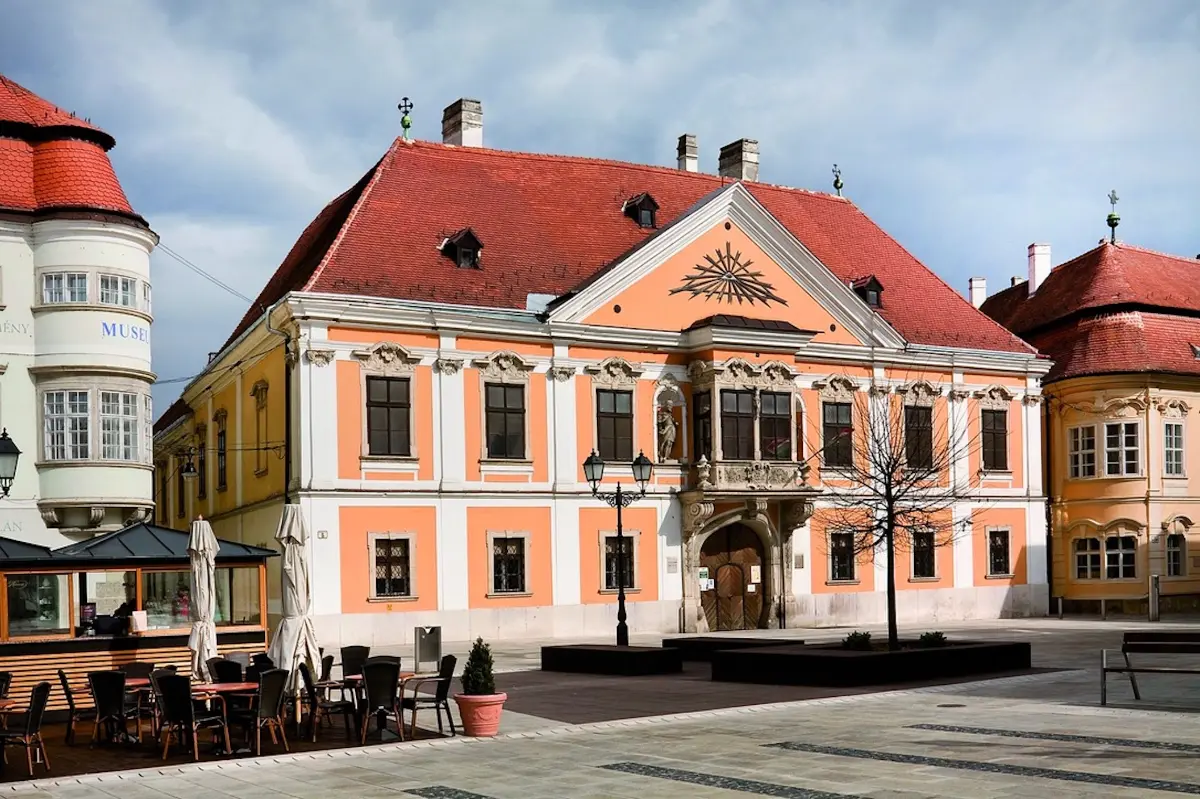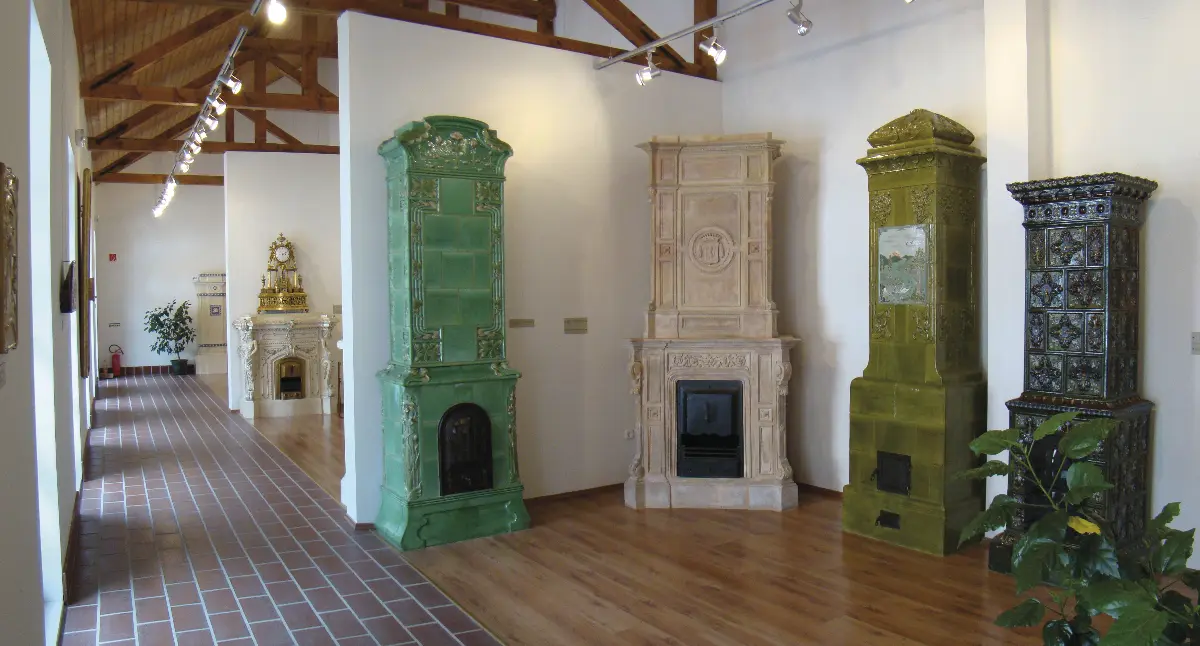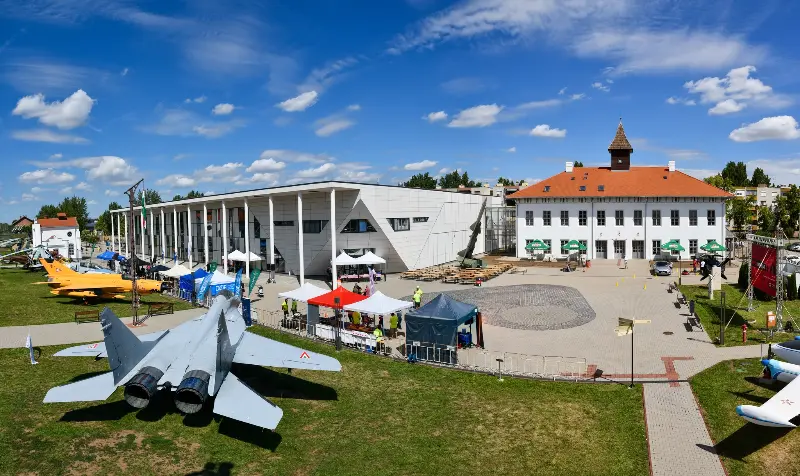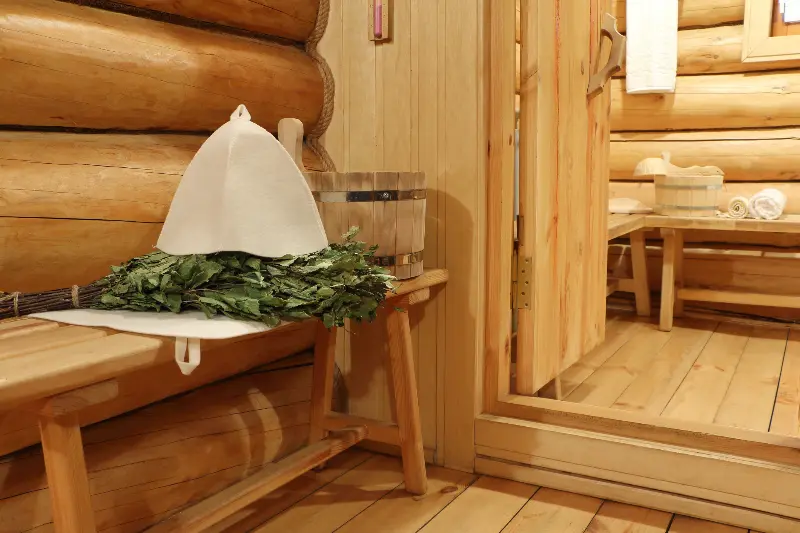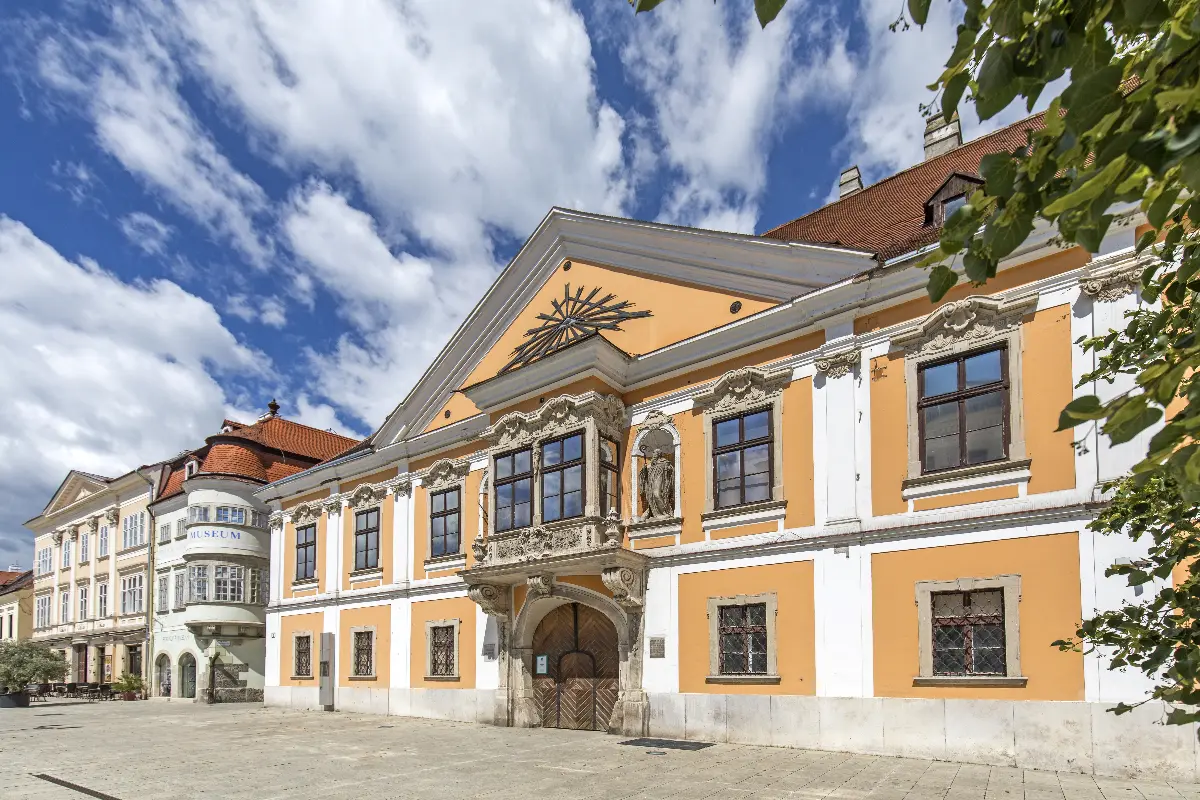
Helyszín címkék:
The Locations of Győr’s Artistic Exhibitions
Bóday Csilla
The history of Apátúr-House
The owner of one of the buildings which stood on the site of the current Apátúr House was Beccaria Virgil, a merchant from Lombardy. It was one of the most significant palaces in the town. Besides the Beccaria family the land was owned by Mátyás Nyéki Vörös, provost assistant and captain Benedikt Malatesta. The Apátúr House of Győr was built by Benedek Sajghó, archabbot of Pannonhalma, in 1741-1742. The gorgeous baroque palace became home to the museum in 1949. The institution was named after Hungarian naturalist, traveller, ethnographer János Xántus who went to school in Győr. The museum of Győr was created in 1859 from the antiques store founded by archaeologist Flóris Rómer, its objective was to appreciate and collect Hungarian historical assets. The collection was curated by the Benedictine order until 1949, when it was nationalised. The antique tile stove exhibition displaying the famous stove industry of Győr was opened in its basement in 1966; today it is an autonomous collection in the Fruhmann House. Recently, the museum was enriched with several pieces of artwork; currently the number of assets collected is approximately sixty thousand. It’s permanent and most valuable exhibition is about the history of Győr and its surroundings from prehistoric times to the present day. The exhibition material was expanded by the Roman, the Migration Period and the Avar material discovered during the construction of M1 motorway. Besides, it has a significant guild and numismatic collection. The fine arts and applied arts private collection of the Abád-Hauser family, and the Petz family’s private collection of medical history is also hosted here. The stamp exhibition, which collected postal products since the 1980s can also be visited here.
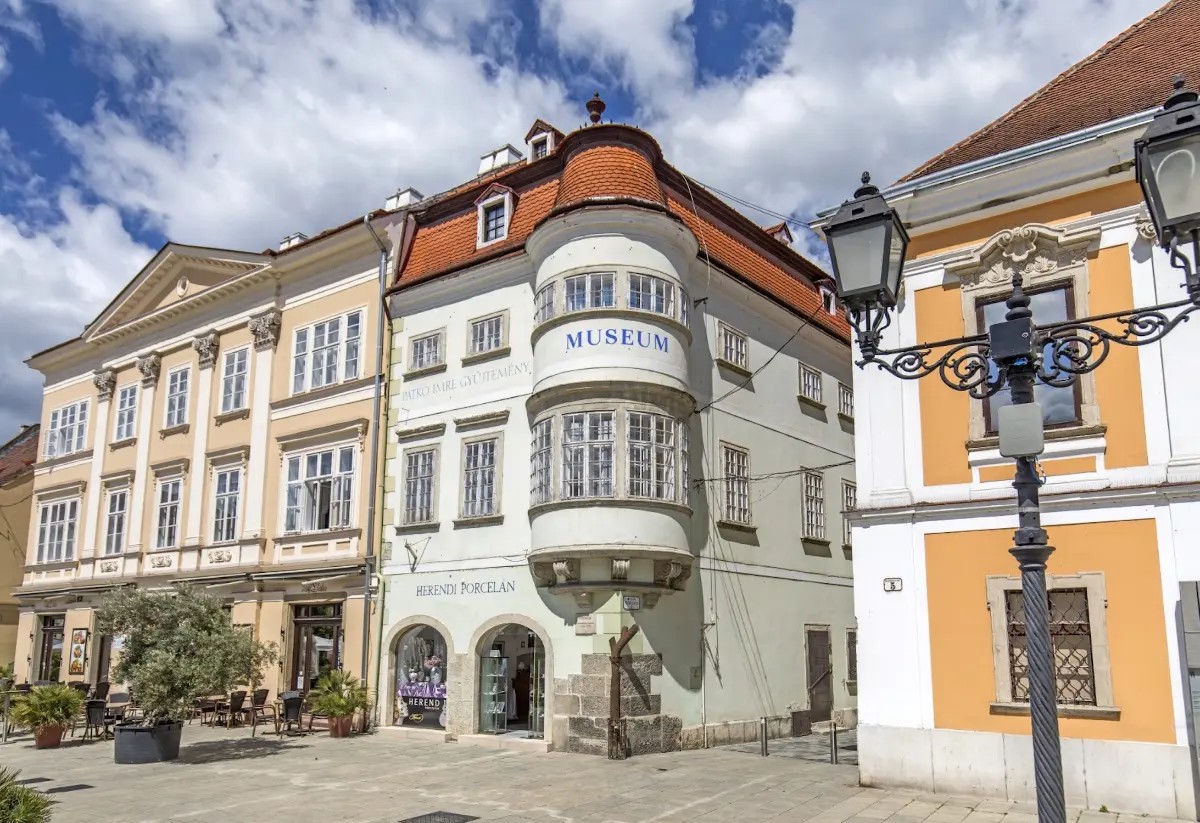
One of Hungary’s most unique exhibitions: presentation of the preparation of tile stove, a craftmanship enjoying a revival today
The material of the “Az otthon melege” (hearth of the home) historic exhibition was bequeathed for János Xántus Museum by Antal Fruhmann stove master of Győr. The exhibition presenting the history of stove-setting in Győr can be visited as a permanent exhibition, in the renovated Fruhmann House belonging to the Museum. The representative pieces take on a new meaning today, when green, alternative heating techniques have a crucial role. A traditional collection presenting the artisans of the city: Mágner, Dachauer, Magyary and Fruhmann.
Imre Patkó collection in the Vastuskós House
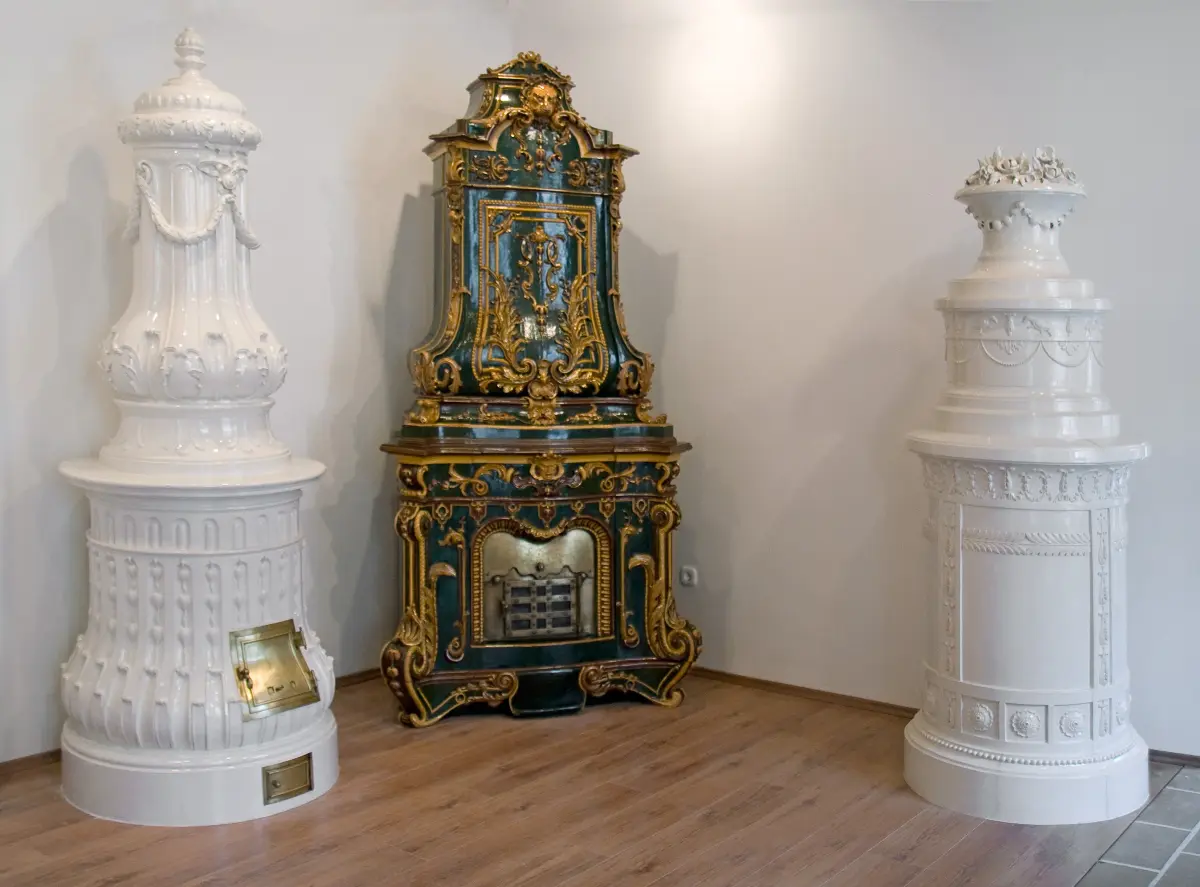
The Vastuskós House can be found in the vicinity of Apátúr House. The rich collection of journalist and art historian Imre Patkó including the fine art masterpieces by Lajos Kassák, Endre Bálint, Vasarely and Béla Kondor was exhibited here. A former owner called Orbán Gindl added another storey to the original single-storey building a few centuries ago, so today it decorates Széchenyi Square as a two-storey corner house. Ownership passed from hand to hand among the town judges of the city. But why is it called “Vastuskó” (meaning “iron stump” in Hungarian)? The House’s distinctive ornament is a stump, studded with iron nails, chained to the corner of the House. A special story gets passed around in the city, which says that in the traffic crossing the city, this was the tree where transiting guild boys met, and leaving a message and a memory they drove a nail into the stump upon each meeting. However, others say that the name of Vastuskós House derives from 1833, and it’s connected to the owner of the grocer’s shop operating on the first floor of the building that time, called Mátyás Zittrisch, who copied a contemporary advertisement he saw in Vienna to advertise his shop: in the Austrian capital, next to the Stock im Eisen shop a stump studded with nails was placed in the corner showcase. Following that pattern, the grocer shop owner made a similar sign and this established the name of the cult downtown house.
